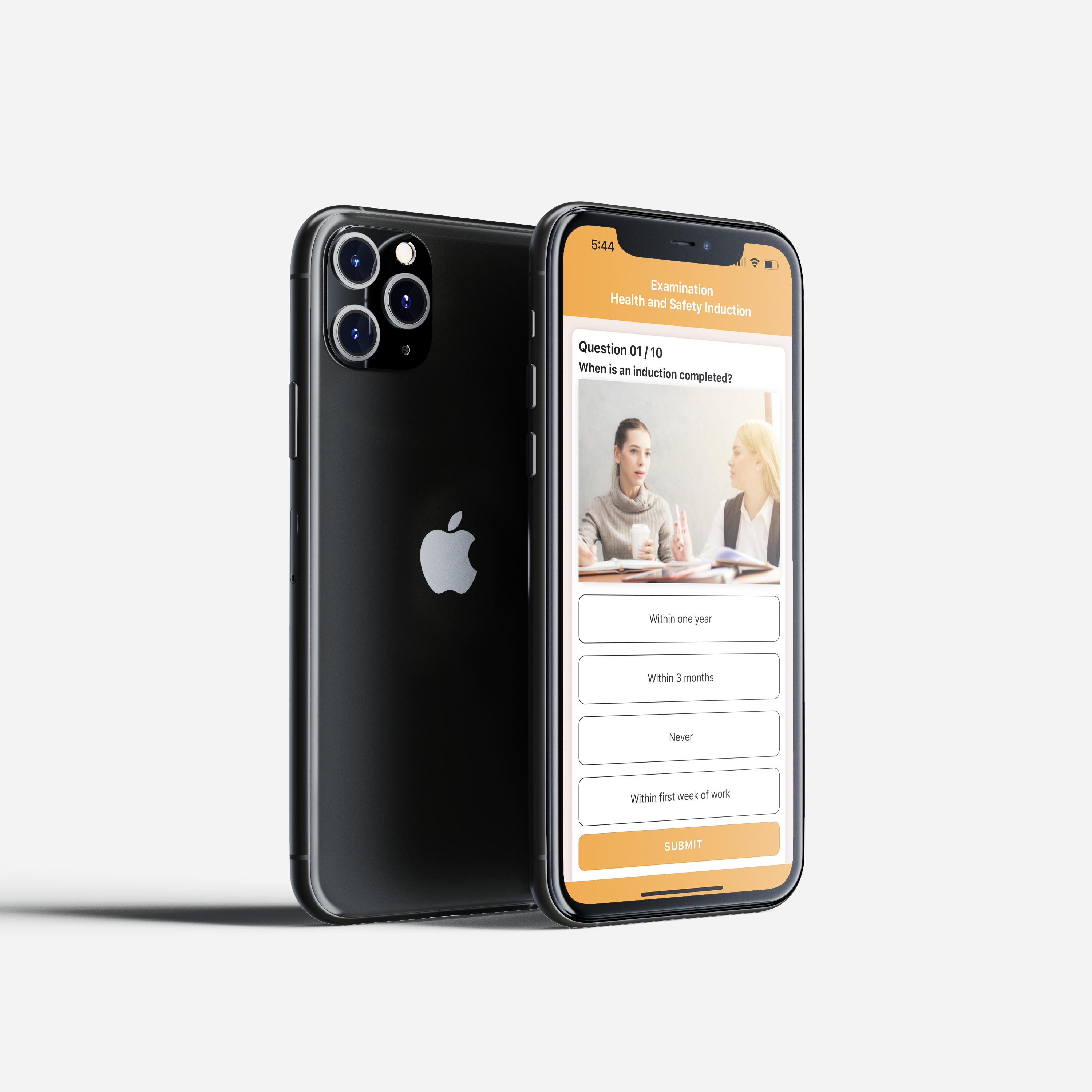
Risk Assessment Unleashed: Empowering Businesses with Our Cutting-Edge Software
Effectively managing risks is crucial for the success and sustainability of any organisation. Recognising this
Health and Safety Software » Health and Safety » Occupational Lung Diseases and Disorders – Management Prevention Strategies

Occupational lung diseases can be life-threatening and can have a significant impact on workers’ quality of life.
Common occupational lung diseases and disorders
Strategies employers can take to reduce occupational lung diseases and disorders
Engineering controls
Engineering controls are the most effective way to reduce exposure to workplace hazards. They involve changing the workplace or equipment to reduce or eliminate hazards. Some examples of engineering controls for reducing exposure to lung hazards include:
Administrative controls
Administrative controls are used to change the way work is done to reduce exposure to hazards. Some examples of administrative controls for reducing exposure to lung hazards include:
Personal protective equipment (PPE)
PPE should be used as a last resort to reduce exposure to hazards. It is important to select the appropriate PPE for the hazard and to train workers on how to use and maintain it properly. Some examples of PPE for reducing exposure to lung hazards include:
Employers can play a significant role in reducing the risk of these diseases by implementing strategies to identify and assess hazards, implement controls to reduce hazards, and provide workers with appropriate PPE. By taking these steps, employers can help to protect their employees.
The iProtectU health and safety software provides:
Arrange your demonstration
Let us show you how we can transform your compliance management
Choose a date and time for your demo (no obligation) and we will be in touch.

Effectively managing risks is crucial for the success and sustainability of any organisation. Recognising this

Artisan Environmental recently marked two decades of delivering specialist asbestos consultancy, inspection and health &

iCertifyU is an App which provides free eLearning for everyone, whether you are an employee,

According to recent research, almost half of UK tradespeople view asbestos as a problem of

31st October 2025 represents the deadline for organisations to transition their Information Security Management System

According to a recent head protection survey, only 15% of workers who should be wearing